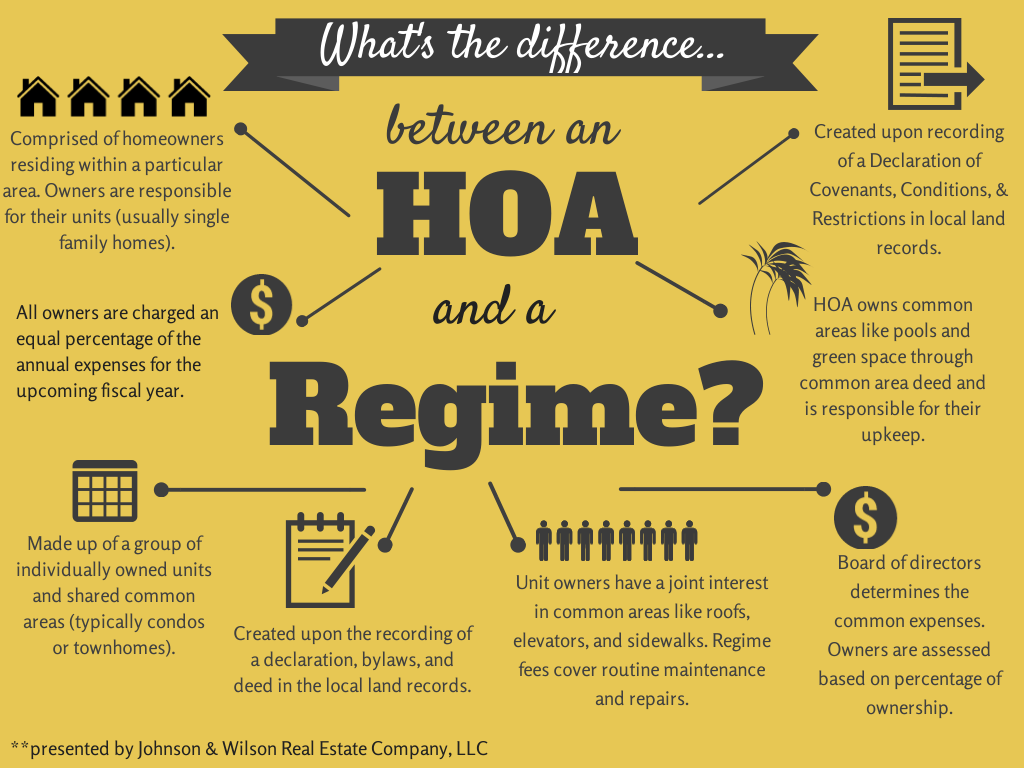What You Need to Know About the New Mortgage Credit Certificate Tax Incentive
There’s a new mortgage tax credit available for homebuyers in South Carolina, but surprisingly, not many buyers have taken advantage of it. News of the new Mortgage Credit Certificate (MCC) incentive has been slow to spread, with only eight people in the tri-county area and just forty-three statewide obtaining an MCC as of this March. The low number of takers probably has something to do with the fact that it wasn’t available in South Carolina until late last year.
slow to spread, with only eight people in the tri-county area and just forty-three statewide obtaining an MCC as of this March. The low number of takers probably has something to do with the fact that it wasn’t available in South Carolina until late last year.
The Mortgage Credit Certificate tax incentive is not a deduction, but a credit that lowers the amount of federal tax owed by up to $2,000 per year. Technically, the credit is intended for first-time homebuyers, but there is an exception. Most SC counties have the same qualifications, but less targeted areas, including Charleston and Greenville, have different rules.
What are the restrictions and qualifications of the Mortgage Credit Certificate?
Berkeley and Dorchester Counties:
Income limit of $74,640 for single person or couple
Income limit of $87,080 for a family of three
Must not own another principal residence at time of purchase
Charleston County:
Income limit of $62,200 for a single person or couple
Income limit of $71,530 for a family of three
Must not have owned another principal residence during the past three years
*Current homeowners in either county, or those are refinancing, will not qualify.
What’s the catch?
You might have to give some money back to the government if:
You sell the house after less than nine years, AND
Your income has increased to the point where you wouldn’t qualify for an MCC anymore, AND
You make a profit selling the house.
You’d still come out ahead, however, because the amount you would have to pay back is either 6.25% of the original loan amount, or half of the capital gain on the house, whichever is lower.
How do you obtain an MCC?
Meet the above qualifications based on county.
Secure a 30-year mortgage loan with a participating lender.
Pay a processing fee of $500-$700
You won’t have a hard time finding a lender who can help you land this tax credit. The list of preferred lenders includes banks such as SC Federal Credit Union, Wells Fargo, and The Bank of South Carolina; mortgage lenders like Starkey Mortgage and Movement Mortgage; and homebuilders’ mortgage departments like Pulte Mortgage and Ryland Mortgage.
For more thorough details and explanation, please visit www.SCHousing.com.






 lenders are the ones who take the time to get to know you and your needs and offer tailored services. After all, they're working right beside you to help you take a big step in life! With that in mind, we would like to introduce to you one of our favorite loan officers,
lenders are the ones who take the time to get to know you and your needs and offer tailored services. After all, they're working right beside you to help you take a big step in life! With that in mind, we would like to introduce to you one of our favorite loan officers, 


